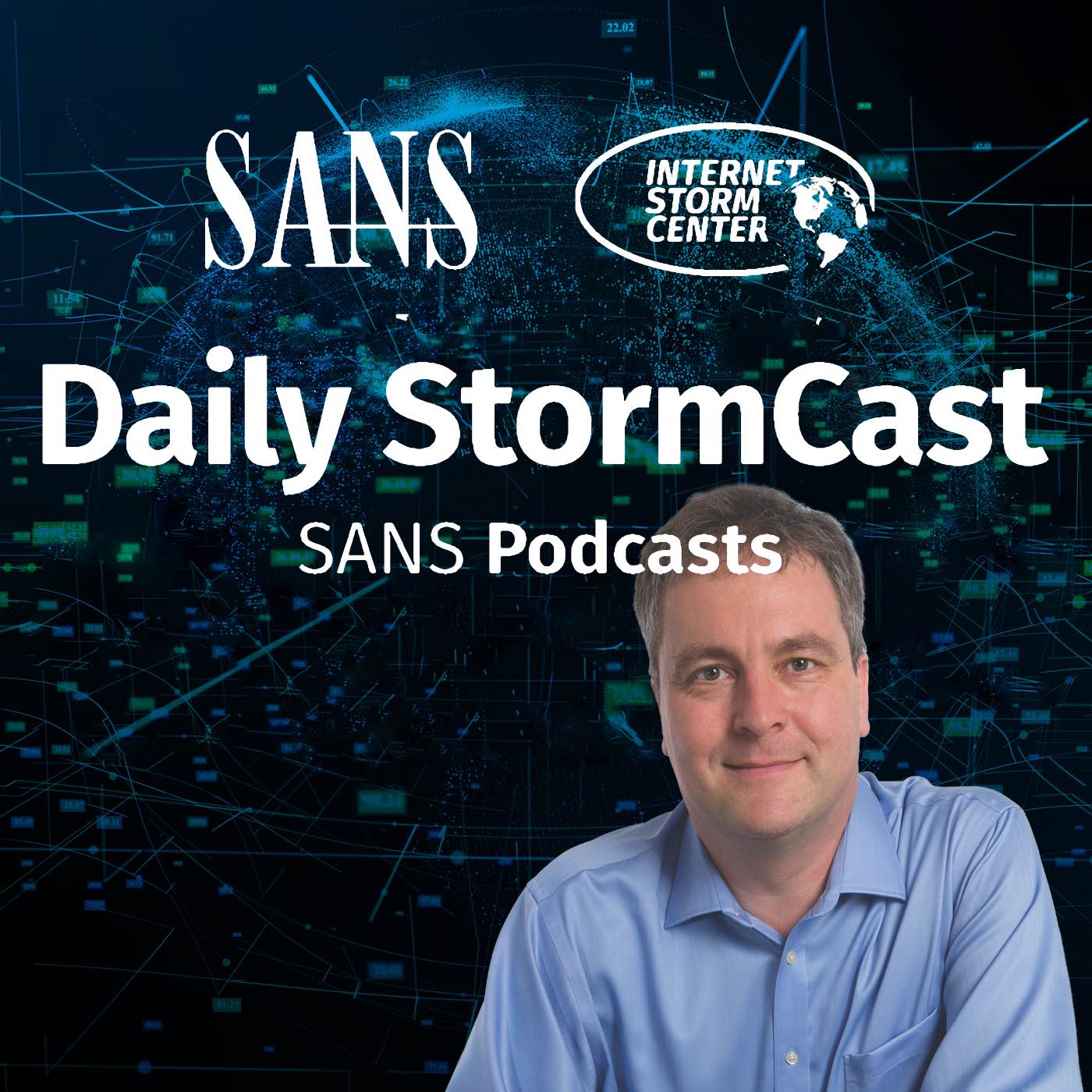Handler on Duty: Didier Stevens
Threat Level: green
Podcast Detail
If you are not able to play the podcast using the player below: Use this direct link to the audio file: https://traffic.libsyn.com/securitypodcast/2827.mp3
My Next Class
| Network Monitoring and Threat Detection In-Depth | Online | Central European Time | Dec 15th - Dec 20th 2025 |
| Application Security: Securing Web Apps, APIs, and Microservices | Orlando | Mar 29th - Apr 3rd 2026 |
NFC bypass of fare cards
http://intrepidusgroup.com/insight/2012/09/ultrareset-bypassing-nfc-access-control-with-your-smartphone/
Twitter Malware
http://nakedsecurity.sophos.com/2012/09/24/twitter-facebook-video-malware/
SHA-3 Competition
http://threatpost.com/en_us/blogs/forthcoming-sha-3-hash-function-may-be-unnecessary-092412
http://intrepidusgroup.com/insight/2012/09/ultrareset-bypassing-nfc-access-control-with-your-smartphone/
Twitter Malware
http://nakedsecurity.sophos.com/2012/09/24/twitter-facebook-video-malware/
SHA-3 Competition
http://threatpost.com/en_us/blogs/forthcoming-sha-3-hash-function-may-be-unnecessary-092412
Discussion
New Discussions closed for all Podcasts older than two(2) weeks
Please send your comments to our Contact Form
| Network Monitoring and Threat Detection In-Depth | Online | Central European Time | Dec 15th - Dec 20th 2025 |
| Application Security: Securing Web Apps, APIs, and Microservices | Orlando | Mar 29th - Apr 3rd 2026 |
| Network Monitoring and Threat Detection In-Depth | Amsterdam | Apr 20th - Apr 25th 2026 |
| Application Security: Securing Web Apps, APIs, and Microservices | San Diego | May 11th - May 16th 2026 |
| Network Monitoring and Threat Detection In-Depth | Online | Arabian Standard Time | Jun 20th - Jun 25th 2026 |
| Network Monitoring and Threat Detection In-Depth | Riyadh | Jun 20th - Jun 25th 2026 |
| Application Security: Securing Web Apps, APIs, and Microservices | Washington | Jul 13th - Jul 18th 2026 |











